

---
We had to put in another page to offer even more Civil War and Antique Military Stuff!!!
***NOTE:*** NOW ACCEPTING "QUALITY" LAYAWAYS ! CONTACT tc1861@yahoo.com FOR INFORMATION !!!
PAYPAL IS ACCEPTED ON NON FIREARM ITEMS. Thanks!!!
We certainly do appreciate your business!
Remember 911 and God Bless!!!
Consignment Jmf 1 Here is, what I believe to be, an unmarked Italian Import copy of an 1848 Baby Dragoon Type V revolver! This one has been defarbed probably for some reenactor. It is a .31 caliber 5 shot revolver and looks to have not been used
much at all. The originals had a Stagecoach Hold-up scene and this one has a Native American Fighting scene on it. The octagonal barrel is 5 3/4 inches long and has decent rifling. The action works as it should and the walnut grips are fine. THe seial
number on this piece is 7151 and no attempt was made to make it look like an authentic Colt serial number as the font is wrong. It still a decent little early model revolver and if you can't purchase the real thing then this may be for you! $295.00
---------------------------------------------------------------------------------------------------------------------------------------------------------
Consignment Jmf 2 Here we have a wonderful early antique revolver! This is an early pocket model .28 caliber MassachusettsArms Co pistol! This one has the maynard tape primer, mid frame action lock/hammer, single action, mechanically revolver cylinder.
This mode was made from1851 to 1860 with about 2,500 to 3,000 total of them made. The cylinder has etched floral designs being 6 shot with a blued finish. The grips are walnut and in good condition. This revolvers frame is larger than the
earlier manual revolving type. The barrel on this one is 3 inches long and is rifled. This one is marked MASS. ARMS CO./CICOPEE FALLS and on the primer door MAYNARD’S PATENT 1845. This larger frame size was probably limited to
approximately 1500 to 2000 of three distinctive variations. This one also has backstrap markings of PATENT/JAN. 2. 1855 and the serial number is a very low 148!!! Outstanding little revolver!!! For this piece $1600.00 Take a look at the pics!!
---------------------------------------------------------------------------------------------------------------------------------------------------------
Consignment jmf 4 Here is a Model 1855 Colt Root Side Hammer Revolver in ..31 Caliber. A total of approximately fourteen thousand were manufactured in .31 caliber from serial number 1 through to approximately 14,000. They were manufactured from circa 1860 through to 1870. This is a Model 6A: .31 caliber which was made in serial range #8001 to #11074; COL. COLT NEW-YORK barrel address, round barrel 4 ½ inch long and cylinder with stagecoach holdup scene. Nipples removable. This one is s/n 10457 which, according to the Colt serial number website was made in 1856. It’s in pretty rough shape and doesn’t function any longer. The main spring seems to either be missing or broker. The metal has been cleaned at some time but the markings are still mostly legible. The cylinder scene can still be easily seen. There are several screws missing that you can see in the pics and the front sight is missing as well. I don’t know if this old revolver can be restored but it’s still a great displayable piece at a very reasonable price! The old walnut grips are originals. Take a cook at the pics! $395.00
---------------------------------------------------------------------------------------------------------------------------------------------------------
Consignment jmf 5 Here we have a wonderful in good shape 1st Edition of Claud R. Fuller’s Book SPRINGFIELD SHOULDER ARMS 1795-1865! This fine book had the date of 1930 on the descriptive page under Francis Bannerman Sons and on the next page is the actual print date of 1931 and the info Copyrighted February, 1931, FRANCIS BANNERMAN SONS New York, N.Y. and consists of 176 pages of fact filled text and actual photographs! Francis Bannerman is the famous early antique Militaria Store that basically started it all!! Here is some info on the book. Olive-green cloth hardcover with gilt lettering on front; no jacket; 176 pages; b&w illustrations; 1930 on title page and 1931 on copyright page. Very good minus condition: 2" tear to cloth in middle of front outer hinge but the hinge is strong; very slight spotting to binding; otherwise excellent. Size: 4to - over 9¾ - 12" tall. Francis Bannerman Sons, 1930. Hardcover. Condition: Very Good-. No Jacket. Book. For this copy $65.00
---------------------------------------------------------------------------------------------------------------------------------------------------------
tc project piece new arrivals page tc 6 Here we have a light project percussion rifle for the handyman! This is a 36 caliber percussion firearm with a lock made by Perin Gaff. Perin and Gaff Manufacturing Company operated in Cincinnati,
Ohio from 1861-1884. They were importers and dealers, so almost anything could show up with their markings. Most sporting rifles of the period look very similar, with octagon barrels and half stocks, and lots had double set triggers. I have
seen lots of cast bells with the Perin Gaff markings as well as tons of other goods. The The 41 ½ inch long octagonal barrel has the initial ? and WARNER engraved in it. There are lots of makers with the name Warner so we have not been
able to figure it out. This rifle is a full stock rifle with a maple stock we believe. The stock may have been cord burned to look like curley maple but we are not sure of that either. The furniture is brass. The ramrod is a simple modern dowel
rod and the trigger guard is modern brass which needs to be shaped to fit as the original was broken and most was missing. Other than that this rifle is original. The set triggers do not work and the hammer will not lock back. There are so
repaired cracks in the stock at the wrist but they could be repaired better. I just don’t have time to finish this project but my loss is your gain! Where else can you get a full stock Civil War Era hunting rifle for $350.00!!! Check out the pics!!!
---------------------------------------------------------------------------------------------------------------------------------------------------------
CONSIGNMENT Even more 22
Here’s an old 2nd edition book from 1961 entitled HOW TO BUILD MUZZLE LOADING RIFLE, TARGET PISTOL , POWDER HORN by Cowher, Hunley and Johnston. This is a hardback book with good dj. 88 pages with line drawings. 6 ¼ X 9 ¼ format. $45.00
Here are 4 paperback books in magazine format entitled:
COLT PERCUSSION PISTOLS (60 pages) Copyright 1947 signed by Author (James E. Serven). $65.00
COLT DRAGOON PISTOLS (56 pages) Copyright 1946 $75.00
PATERSON PISTOLS (32 pages) Copyright 1946 signed by Author. $75.00
And COLT CARTRIDGE PISTOLS (126 pages) copyright 1952 $65.00
Each are in excellent condition but Colt Cartridge Pistols has a water stain on back cover on upper edge but does not bleed through.
CONSIGNMENT Even more 21
Large Albumin of an 1800’s Fire Department with Hose Cart. This albumin shows 18 firefighters in parade dress posing as if pulling this hose cart. One of them is carrying a speaking trumpet. They are all wearing bell caps with badge, parade bibbed shirt and parade leather belt. The firehouse is in the background. This photo came out of Indiana but it’s unknown as to who it is or what fire department it is. The albumin measures 8 X 10 inches but unfortunately it’s broken right in the middle (ouch!) and tape is holding it together on the back. Still a very interesting image!!! $125.00
Even more 20
Here we have 2 medals. One is for the WRC (Women’s Relief Corps- Civil War Auxillary) and one is for the Daughters of Union Veterans. Each are abut 2 ½ inches long. For the pair $35.00
Even more 19
Here we have two National GAR Medals. They are in excellent condition with the exception of the yellow silk ribbons. The first one is the Encampment in Grand Rapids, Michigan. This was the 61st National Encampment that was held from August 30th to September 5th, 1927. It is a 4 piece medal as you can see in the pics and is really nice. The second Medal is for the GAR Natonal Encampment in Chattanooga, Tenn on September 15th through 20th,1913 and is also a nice 4 piece medal with a fractured yellow silk ribbon. It’s really nice too except for the ribbon. $145 each.
Here we have 2 nice Indiana GAR medals. Even more 16
These are both 3 piece medals. The first one is 4 3/4 inches long being for the DELEGATE for the 1911 encampment in Richmond, Indiana. This medal is just in excellent condition! The GAR on the lower drop is in Red, white and blue paint. Nice bronze color. One of the nicest that I have seen! $125.00
SOLD The second medal to the right is also nice being brass and for a DELEGATE to the 1913 Annual Encampment at Indianapolis. This one is about 4 3/8ths inches long. Nice condition and complete! $110.00
CONSIGNMENT Even more 15
Even more 11 Consignment
Here we have a small Id badge in the shape of a shamrock that has on it CO D 3D N. Y. VOLS. Here is the bio of the 3rd New York:
3rd Infantry Regiment
Civil War
Albany Regiment
History
Mustered in: May 14,1861
Mustered out: August 28,1865
The following is taken from New York in the War of the Rebellion, 3rd ed. Frederick Phisterer. Albany: J. B. Lyon Company, 1912.
This regiment was accepted by the State April 25, 1861; received its numerical designation May 7, 1861; was organized at Albany, and there mustered in the service of the United States for two years May 14, 1861. In April, 1863, a number of the members of the regiment re-enlisted for one and two years; these and the three years' men of the regiment were formed into a battalion May 18, 1863, and retained in the service, while those whose term of service had expired had been sent to Albany, where they were honorably discharged May 21, 1863. The three years' men of the 9th Infantry, and sufficient drafted men were assigned to the battalion, and the latter brought up to a regimental standard. June 13, 1865, the men of the 112th Infantry, not discharged with their own regiment, were transferred to this.
The original companies were recruited principally: A — Williamsburgh Volunteers— at Williamsburgh and Brooklyn; B at Newburgh, Cornwall, Fishkill and Matteawan; C at Albany, Cohoes, Otsego, Schoharie and Troy; D at Albany; E — Syracuse Zouaves — at Syracuse, Baldwinsville, Geddes, Salina and Skaneateles; F at Albany, Cohoes and Stockport; G at Albany, Bethlehem, Greenbush, Pittsfield, Sand Lake, Schenectady, Stillwater, Sudbury, Syracuse and Troy; H at Owego, Halsey Valley, Ridgeford, Spencer and Tioga; I at Oneida, Albany, Augusta, Brooklyn, Hampton, New York city, Syracuse, Vernon, Walesville and Westmoreland; and K at Havana, Alpine, Beaver Dams, Benton, Burdette, Branchport, Catherine, Dix, Monterey, Odessa, Orange, Penn Yan, Millport and Starkey.
The regiment, Col. Frederick Townsend, left the State May 31, 1861, and served at and near Fort Monroe, Va., from June, 1861; at and near Baltimore, Md., from July 30, 1863, at Suffolk, Va.; in Mansfield's Division from June 6, 1862; at Fort Monroe, Va., Department of Virginia, from September, 1862; at Suffolk, Va., 7th Corps, from April 19, 1863; in 1st Brigade, 2d Division, 7th Corps, from June, 1863; at Fort Monroe, Va., from July, 1863; on Folly island and in Charleston harbor in Alford's Brigade, 18th Corps, from July, 1863; in the 3d Brigade, 2d Division, 10th Corps, from October, 1863; in the 1st Brigade, 2d Division, 10th Corps, Army of the James, from April, 1864; in the 3d Brigade, 3d Division, 18th Corps, from May 30, 1864; in the 1st Brigade, 2d Division, 10th Corps, from June 15, 1864; in the same brigade and division, 24th Corps, from December 3, 1864; in the Provisional Corps, from March, 1865; and again in the 10th Corps, from April 2, 1863; in the First Brigade, 2d Division, 10th Corps, from July, 1865; and, commanded by Lieut.-Col. George W. Warren, it was honorably discharged and mustered out August 28, 1865, at Raleigh, N. C.
During its service, the regiment lost by death, killed in action, 1 officer, 23 enlisted men; of wounds received in action, 1 officer, 14 enlisted men; of disease and other causes, 2 officers, 83 enlisted men; total, 4 officers, 120 enlisted men; aggregate, 124; of whom 1 enlisted man died in the hands of the enemy.
This pin is smaller than a quarter as you can see in the pics. It's very nicely engraved and looks to be thin silver plating over brass. The rear attachment is typical of Civil War and later work. This is a nice piece! For this piece $595.00
Even more 9 Consignment Here is a pair of brass shoulder scales as worn by artillerymen during the Civil War. Also sometimes worn by cavalry to ward off saber blows. Sometimes called NCO scales. These are nice and uncleaned with no markings. One attachment piece underneath is missing. For the pair $225.00
Even more 8 Consignment Black felt oval that meas. approx. 3 inches long x 2 1/8 inches wide and is outlined with gold dead bullion which is loose in several areas. Felt has retained its color but is fading and lacking in some spots. At center of the oval is an eagle done in silver bullion and gold twisted thread and sequins. Stretched between the eagle’s wingtips is a sunburst done in silver bullion thread above 13 cross-stitched stars. The eagle holds an olive branch in one talon and three arrows in the other. The arrows have shafts and the points. Thread is in good condition and has darkened some with age. This piece has a brown polished cotton backing with most lacking showing the tin underneath and two attachment loops / 1 missing. - For this piece $350.00
Consignment Even more 7
Here we have an old antler handled pocketknife from before and during the American Civil War. It's looks earlier but the maker is Henry Boker who was a German manufacturer who imported swords to his relative Herman for use during the
American Civil War. This is a large knife measureing over 6 inches long closed and 10 inches long with blade extended. The ricasso is marked with HENRY BOKER'S IMPROVED CUTLERY marks. The piece of the bolster that locks the blade in place is broken away so the blade will not lock or hold straight in place. Also there is a corkscrew on this piece but it's frozen in place. This piece has alot of character. Just look at the pics! $175.00
Consignment Even more 6
Here we have a model 1840 Heavy Cavalry Saber that has been cut down and turned into a fighting knife. This piece is a heavy model and is missing the sheath. The leather wrapped wooden grip has been replaced with leather washers.
The entire piece measures 13 1/2 inches long with a 8 1/2 inch long blade. There are no markings on the ricasso that I can make out. The pommel is typical of Civil War heavy Cavalry Sabers. The front guard has been cut down trememdously so
that it's just a small hand guard now. The blade was heavily sharpened and is still so. The blade has also been thinned down or perhaps this is a different blade and not a saber blade. Take a look at the pics. Nasty wicked knife. $225.00
Consignment Even more 4
Here is a Civil War Veterans Cane! The cane is about 34 inches long with a seperate carved piece at the top of a Civil War Soldier in Kepi and the bottom has an old brass thimble attached there. The head is intricately carved and even has beady little black
glass eyes (one missing now) and a big moustache being topped off with his kepi. The shaft is a different wood being a hard wood with lots of age splits along the grain in it so I think that it's probably briar wood. This piece is really nicely done and looks
pretty neat!!! For this piece $195.00
Consignment Even more 1
This is a very rare soft leather belt from The Gold Rush ERA thru the Civil War Era. This belt was ment to be worn close to the body to hide gold dust, nuggets , money, or valuable papers . This belt has the flap with original button covering the pocket opening and secured by a drawstring which is missing . The belt measures approximately 39 inches long overall. One single long pocket runs the length of the belt unlike most money belts with seperate pockets for coins which makes me think that it is mostly for coins or nuggets as anything else would be a little difficult to remove if it slipped clear to the end of the belt.
The stitching is very nicely done and there is some initials stitched into it as well. There is a GH in white leather stitching and a T in red leather stitching. We do not know the meaning of the initials. The cover that closes over the pocket opening has a small leather knot that goes through a hole in the flap for a closure kind of like a button.
The leather is soft, smooth, and beautiful natural light brown color. We feel that it is made of pig skin. There is embossing on the leather pouch for it's entire length not including the belt strap or buckle ends. The buckle is brass while the buckle tounge is iron. The embossing is light now due to age but still visible. This belt is in great shape for its age and no stitching is lacking. If you collect Gold Rush era items then this is a must! For this piece $250.00
jmf manson knife Here we have a nice 1800’s bowie knife with cutlery handle and leather sheath that was made by Manson of Sheffield (England) and so marked! This is an example of a Sheffield Bowie knife made by Manson between 1850-1860. The same model is shown in Peterson’s American Knives , page 43, Figure 52. As can be seen, this Bowie was originally etched. Faint remains of the etching are still visible. The left side is etched "OK" in the center, with "AMERICANS/ASK FOR NOTHING BUT WHAT IS/RIGHT" on the left and "AND WILL SUBMIT/TO NOTHING/WRONG" on the right of the blade. The cutlery-style handle is German silver as is the guard and both remain in excellent condition,. The blade is 6 3/8 inches long, 1 3/8 inches wide and just over _ of an inch thick at the ricasso. There is light staining and some light pitting. No signs of use and sharpening are visible (the blade has a sharp edge). The knife is 100% solid with no movement. The scabbard, as can be seen, is missing the tip. The frog button is missing. Overall length is 11 1/8 inches while the width of guard is 2 ¼ inches. For this old piece of US Civil War Era piece of history $995.00 Check out the pics!
---------------------------------------------------------------------------------------------------------------------------------------------------------
Consignment JMF knucks Here we have a set of Civil War or later sand cast lead knuckles! These knucks were very popular with the Civil War Soldiers. This pair looks like a mold was made using a nice set of knucks to make these. Perhaps some
enterprising soldier made several sets to sell to his buddies! These measure over 4 inches long by 2 1/2 inches wide and are about a 1/4 inch thick. The biggest problem with lead knuckles is that they can smash down on your fingers when you bash
someone in the head with them! Not good!!! You have to make due with what you have sometimes! For this unique pair. $165.00 Check out the pics!!
---------------------------------------------------------------------------------------------------------------------------------------------------------
Consignment Here we have a model 1858 .58 caliber Civil War Cartridge box with tins and sling. The box is complete but has been hanging in the attic of a home in Central Indiana and some of the leather is stiff, expecially the front flap. The box otherwise is in fair condition with one seam showing the threat rotten and separation. The box plate and the sling breast plate is missing and I can see no makers markings on the box anywhere. Take a look at the pics to get a better idea. This piece could definitely use some leather treatment or neetsfoot oil. Been hanging on a nail for 100 years! $495.00
z------------------------------------------------------------------------------------------------------------------------------------------------------
Consignment Here we have an original set of Civil War Cavalry saddle bags! Original Issue Civil War Cavalry Saddle Bags for the M1859 McClellan Saddle – This set of Civil War saddlebags are in overall very good condition but they have been in an attic so a little leather preservener would help One outside flap has some surface loss while the other is very nice. . These bags were used by Union cavalry troops to carry horseshoes, nails, curry comb, extra ammunition, and personal effects. These saddlebags, the pattern developed expressly for the Model 1859 McClellan enlisted man’s Cavalry saddle, have become rather difficult to find now. The connecting strap or yoke remains solid and has the single, central hole for the saddle bag stud, at the rear of the saddle, a highly desirable aspect, as this yoke is often torn or broken in half from careless handling. . The black finish on the bags is in overall decent shape, with some minor age crackling and crazing and loss of finish on the one flap as previously mentioned. Both bags, as is the yoke, remain fairly flexible, with solid seams and one small tear. The fastening straps are present, although one strap is missing just below the first adjustment hole but I have the fractured piece.. Both horizontal fastening straps, above each bag, designed to course through staples on the saddle protruding through slots in the yoke, remain with one missing a small piece of it. Both lower tie down straps, designed to pass through loops on the saddle skirts, are present; one of the pair of straps is complete, the other is missing the remains of the strap, just below the japanned buckle. This is a great set of hard to obtain M1859 saddlebags in fair to good condition. Anyone with a M1859 McClellan Saddle absolutely needs a set like these to accompany their saddle. Due to being over 150 years old these are becoming increasingly scarce! These bags can go for over $1000.00 in excellent condition but these are $650.00 ! Look at the pics!!!
---------------------------------------------------------------------------------------------------------------------------------------------------------
Jmf reunion ribbon 73rd Indiana
Here we have a historic Annual Reunion Ribbon for the 73rd Indiana Regiment in Plymouth, Indiana Sept 14-15 , 1899! The top piece is complete with pin on the back and the bottom drop is celluloid over metal that is marked with the makers mark and the patent
mark of 1894. The front celluloid has a very colorful camp scene on it. The ribbon has some tape repairs to the back but not seen for display. Here's their regimental history:
Seventy-third Infantry. -- Cols., Gilbert Hathaway, Alfred B. Wade ,. Lieut.-Cols., Oliver H. P. Bailey, Robert W. Graham, Irvin N. Walker Alfred B. Wade, William M. Kendall, Majs., William Krimbill, Irvin N. Walker, Alfred B. Wade,
William M. Kendall. This regiment was. organized at South Bend and was mustered in Aug. 16, 1862. It left the state at once for Lexington, Ky., but moved to Louisville early in September. It was assigned to the 20th brigade, 6th division of Buell's army, and joined in the pursuit of Bragg. It was in reserve at Perryville and continued in pursuit of the enemy as far as Wild Cat. It returned to Glasgow, Ky., and moved thence to Gallatin, Tenn., where it surprised the enemy and drove him from the field, capturing 19 prisoners. The regiment marched into Nashville on Nov. 26, then proceeded to Lebanon, where it was in a skirmish, and moved with Rosecrans' army to Stone's River, which the regiment crossed on the evening of Dec. 29, in company with the 51st, being the first of the army to make the crossing. The 73d was compelled to recross the river under the fire of an entire division, and it was in sharp skirmishing on the 30th. On the 31st, its brigade double-quicked a mile and a half to reinforce the right wing which had been crowded back a distance of 2 miles, taking a position and engaging twice its numbers. It fought at close range for 20 minutes, losing more than one-third the number engaged, then charged and drove the force in its front from the field. The advance of a brigade on its flank compelled it to fall back a short distance, but the enemy's advance had been checked and the right wing saved. Rosecrans complimented the regiment in person after the battle. In these operations the regiment was under fire at the front for six days, and was so completely exhausted it was placed in reserve on Jan. 3, 1863. Its loss was 22 killed, 46 wounded, and 36 missing. It was assigned to Col. Streight's independent provisional brigade on Apr. 10, and accompanied it to Eastport Miss., where it was mounted and moved to Tuscumbia, Ala., from which place it started on the raid into Georgia. At Day's gap this brigade, numbering 1,500, was attacked by 4,000 of Forrest's and Roddey's cavalry. The 73d, on the left flank, repulsed a fierce charge and the whole brigade then charged the enemy, driving him from the field. The enemy reformed during the day and made a second attack at Crooked Creek, but was repulsed with a heavy loss. The brigade was again attacked at Blount's farm, the 73d bearing the brunt of the fight, and Col. Hathaway being killed. At Cedar Bluffs, utterly exhausted, almost out of ammunition and surrounded, the brigade surrendered. The men were sent north on parole and later exchanged, but the officers were sent to prison. Returning to the field several months later, the regiment, under Maj. Wade, who had been released by the prison authorities, was placed on guard duty along the Louisville & Nashville railroad, with its headquarters at Triune. After several minor encounters with the enemy it was attached to the 1st brigade, 4th division, 20th corps, and during the summer of 1864, it defended Prospect, Tenn., against Wheeler's raid. It was ordered to Decatur, Ala., in Sept. 1864, and thence to Athens, which place it occupied and put in an excellent state for defense, including a bomb proof in the fort. In October, 4,000 of Buford's cavalry with 4 pieces of artillery, appeared and drove in the pickets, and next morning opened a heavy artillery fire, but inflicted no damage. A demand for the surrender of the fort was refused and the fight continued, the enemy being repulsed with heavy loss. The garrison numbered but 500. The regiment was ordered to Decatur to assist in the defense of that point, where the garrison of 5,000 held off Hood's army of 35,000 from Oct. 26 to 30 the enemy finally withdrawing. The winter was passed at Stevenson Huntsville and Larkinsville on railroad guard duty, the regiment being engaged in numerous skirmishes, and it was mustered out at Nashville July 1, 1865. The recruits were transferred to the 29th Ind., serving with that regiment until it was mustered out. The original strength of the 73d was 1,020; gain by recruits, 149; total, 1,169. Loss by death, 229; desertion 74; unaccounted for, 5. Source: Union Army, vol 3, p.156
For this historic ribbon $45.00
---------------------------------------------------------------------------------------------------------------------------------------------------------
Jmf Civil War Pack of unopened 5 sec fuzes! New Arrivals!!!
Original era manufacture. US Civil War 5 Second Fuzes in their unopened box, maker marked and dated, Frankford Arsenal, 1864. Nice unopened condition with some minor. This fuze pack contains five unused fuzes for artillery cannon shells. These fuzes would have been inserted into a fuze adaptor which was either screwed or hammered into an artillery shell. Inside the tan paper wrapper is a wood block holding the fuzes. The printing on the paper is still very legible and, the paper on the front, back and sides is in excellent shape, however the bottom shows some chipping exposing the fuses and there is a small piece of paper lacking on the top. The canvas pull strips are intact and impressions of the five individual fuze ends are clearly visible in the paper of the bottom end of the package. This is a very nice piece of original Civil War Artillery componets. $75.00
---------------------------------------------------------------------------------------------------------------------------------------------------------
TC Tutewiler: Here we have the pleasure to have acquired and offer this little 10 karat Gold Ring inscribed to H. W. Tutewiler . The inscription reads “H.W.Tutewiler, from his mother, Nov. 1st 1862” This is a pinky ring and were given freely
to soldiers for identification should they meet their demise on the battlefield! H.W. Tutewiler is actualy Henry Wesley Tutewiler who enlisted as a recruit for the Wilder’s Brigade 17th Indiana, Co D in August 1862 and had his baptism in the fire
of battle at Munfordville, Kentucky while on his way to join the regiment as one of the detachment which was accompaning Colonel Wilder to the front, when he was stopped at that point by the advance of Bragg’s army on Louisville. Henry was
captured and paroled and exchanged. He soon joined the regiment and was with it until the close of the war, taking part in all the engagements that mde the “Lightning Brigade” famous and brought honor to Indiana and Illinois. On April 15,
1864 Henry was promoted to Quartermaster Sgt and on Colonel Wilder’s recommendation he received a commission as second Lt. He served on Colonel Wilder’s staff in the battle of Chickamauga and was given a personal letter from him
expressing hight appreciation of his services. On September 26, 1864 he was promoted to First Lieutenant and made regimental quartermaster. After the surrender of Macon, GA in the spirng of 1865 he was detailed to act as postmaster of
that city. He was mustered out with the regiment at the close of the war. Henry went into business in Indianapolis and was involved in several business ventures until he became a undertaker which he continued with his son as Undertakers
and Funeral Directors until his death in 1917.
What we have here is Henry’s pinky ring from his mother with inscription which you can see is well worn and I suspect Henry wore it during the entire war, a capsule history of Henry and the book entitled Blue Lightning, signed by the author (now deceased) Richard A. Baumgartner, which shows a photo of Henry and
talks about him in the book. I also have a few other personal items of Henry that I can offer as well if you are interested. Look at the pics!!! $950.00
_______________________________________________________________________________________
Jmf reunion ribbons Here we have a couple of reunion ribbons. One is for the 46th Indiana Volunteers and dated October 16,1898 and the other is for Wagner's Brigade which was the 10th Indiana Battery (Artillery) and is dated 1914 I think
as it's hard to read the date on it. Here is the history on the 46th Indiana Infantry:
Forty-sixth Infantry. Cols., Graham N. Fitch, Thomas H.
Bringhutst, Lieut.-Cols., Newton G. Scott, Thomas H.
Bringhurst, John H. Gould, Aaron M. Flory, Majs., Thomas H.
Bringhurst, John H. Gould, Aaron M. Flory, Bernard F.
Schermerhorn, William M. De Hart.
This regiment was organized at Loganspott in Sept., 1861, and
was mustered in Dec. 11. It left the state at once, going to
Camp Wickliffe, Ky., and marched for Paducah on Feb. 16, 1862,
joining Pope's army soon afterward in Missouri.
It was in the attack on New Madrid in Match, put up a battery
at Riddle's point and sustained an attack by five gunboats for
over an hour without being dislodged. In April it started for
Fort Pillow, but lay near Osceola for five weeks while
attempting to pass the fort.
On June 5 the flags of the 46th and 43d were raised over Fort
Pillow and they occupied Memphis the next day. The 46th went
up the White River with the gunboats, charged the works at St.
Charles and drove out the enemy, capturing his guns and a
number of prisoners.
It accompanied a force to Crockett's bluff, marching across
the country and driving back the enemy, then returned to
Helena, where it was assigned to Gen. Hovey's division, with
which it participated in expeditions to Clarendon, Arkansas
Post, and down the Tallahatchie and Cold Water Rivers.
In Jan., 1863, it went to Devall's Bluff, captured several
cannon, and in February assisted in clearing the Yazoo pass of
obstructions. It was in the Yazoo River expedition,
participating at Fort Pemberton, and moved for Milliken's bend
with McGinnis' brigade of Hovey's division, 13th army corps.
It was in the principal part of the engagement at Port Gibson;
in the advance brigade at Champion's hill, suffering a loss of
one-fourth its numbers engaged; was 44 days in the trenches at
Vicksburg, and in the siege of Jackson in July. On Aug. 10 it
moved for New Orleans, where it was transferred to the Department
of the Gulf under Banks.
It participated in the Teche expedition, was in the advance at
Grand Coteau, where it rendered effective assistance to
Burbridge; returned to New Orleans in December, and reenlisted
as a veteran organization Jan. 2, 1864.
It joined the Red River expedition on March 4, and was engaged
in the battle of Mansfield as part of the 1st brigade, 3rd
division, 13th army corps, losing 10 killed, 12 wounded and 77
captured. The prisoners were sent to Texas where they were
kept in stockades for eight months.
The regiment was engaged at Pleasant Hill and at Alexandria
assisted in holding the enemy back while a dam was being
built. It reached Morganza late in May, and arrived at New
Orleans on June 12, where the veterans received a furlough
home.
Upon returning to service it was sent to Lexington, Ky., to
resist an invasion and was in the expedition to Saltville,
after which it garrisoned Prestonburg and Catlettsburg, Ky.
After this it was stationed at Lexington until September and
was mustered out at Louisville, Sept. 4, 1865.
The original strength was 969; gain by recruits, 205;
reenlistments, 286; total, 1,460. Loss by death, 251;
desertion 22; unaccounted for, 56.
Source: The Union Army, vol. 3
Now here's the history on the 10th Indiana Battery, Wagner's Brigade:
Tenth Light Battery. -- Capts., Jerome B. Cox, William A.
Naylor, Ferdnand Mayer.
This battery was recruited at Lafayette in the fall of 1861,
and was mustered in Jan. 25, 1862. It left the same day for
Louisville and remained at Camp Gilbert until Feb., 1862, when
it joined Nelson's division of Buell's army and marched with
it to Nashville assisting in the capture of that city.
Its division participated at Shiloh but the battery was
compelled to remain inactive at Savannah on account of lack of
transportation. It took part in the siege of Corinth and
after its evacuation moved to Athens, Ala., where it remained
in the reserve artillery until the latter part of July, when
it moved to Decherd, Tenn., joined Wood's division and moved
with it in the campaign through northern Alabama and
Tennessee.
It fell back to Nashville marched thence to Louisville, from
which point it moved in the campaign that resulted in driving
Bragg's army from the state. Returning to Nashville it
accompanied the army in the movement on Murfreesboro,
participating in the battle of Stone's River.
It drove back a body of skirmishers and performed excellent
service against the enemy's artillery on the first day and on
the third day it kept up a heavy fire most of the day. The
battery remained in the vicinity of Murfreesboro until June,
1863.
Capt. Cox resigned June 2, and Lieut. Naylor was promoted to
the captaincy. From Tullahoma it proceeded to the Sequatchie
valley, accompanying Wagner's brigade to the Tennessee River
opposite Chattanooga and shelling the town on several
occasions.
In October it removed to Moccasin point, from which place it
did effectual service in shelling Lookout Mountain. It
participated in the storming of Missionary Ridge and remained
at Chattanooga during the winter, 45 of the men reenlisting as
veterans.
In the spring it lost its identity, 88 of the men being
transferred to the 5th and 8th Ind. batteries, and
participating in the Atlanta campaign, while the remaining 40
were placed on the gunboat "Stone River" at Decatur, remaining
with it as gunboatmen until June 19, when the battery was
brought together again and ordered to Huntsville, Ala.
It was then ordered to Indianapolis where it was mustered out
July 10, 1865.
Source: The Union Army, vol. 3, p. 198
For the pair $45.00
Jmf Here we have an early Sons of Union Veterans ribbon with small canteen. One side of the canteen has red wool on it and I suspect that when it was new both sides had the same covering. The ribbon is very nice and the bar has the
words "FILII VETERANORUM' which literally means Son of Veteran. Good attachment pin on back. $65.00
___________________________________________________________________________________________
Jmf Here we have just the cover of a letter sent to Lt. Joseph S. Hills Co A, 16th Reg't Massachusetts Volunteers in camp near Falmouth (VA-suburb of Fredericksburg). It's also marked Gen'l Hookers former Division. There is no
date on it except for Feb. 26 and the Washington Stamp is stamped PAID. The cover is in good aged condition. There are also numbers on the back for some reason that I do not know. For this piece $25.00
__________________________________________________________________________________________
Jmf Here we have a small book entitled "Forty Rounds from the Cartridge Box of the Fighting Chaplain" Paperback – January 1, 1891. Small quarto. 66pp. + an index and 6 pgs of publisher's ads at the back.
illustrated wrappers with black lettering. The work is a scarce and interesting collection of civil war songs. Some of the songs were written by Lozier, and some by other soldiers or officers. Illustrated throughout with quaint
and often humorous b/w illustrations relating to the songs. Wrappers with some chipping, some tears and sunning to corners and along edges. Binding in good, interior in very good condition overall. *John Hogarth Lozier (1830-1907) was
pastor at the Methodist Episcopal church of Sioux City, Iowa, and Asbury Methodist Episcopal Church, Indianapolis, Indiana; and chaplain of the 37th Indiana Infantry
Regiment (1861-64) during the civil war. Historic!! For this piece $65.00
__________________________________________________________________________________________
Anything you like? E-mail me at tc1861@yahoo.com or ted.caldwell@comcast.net Thanks!































































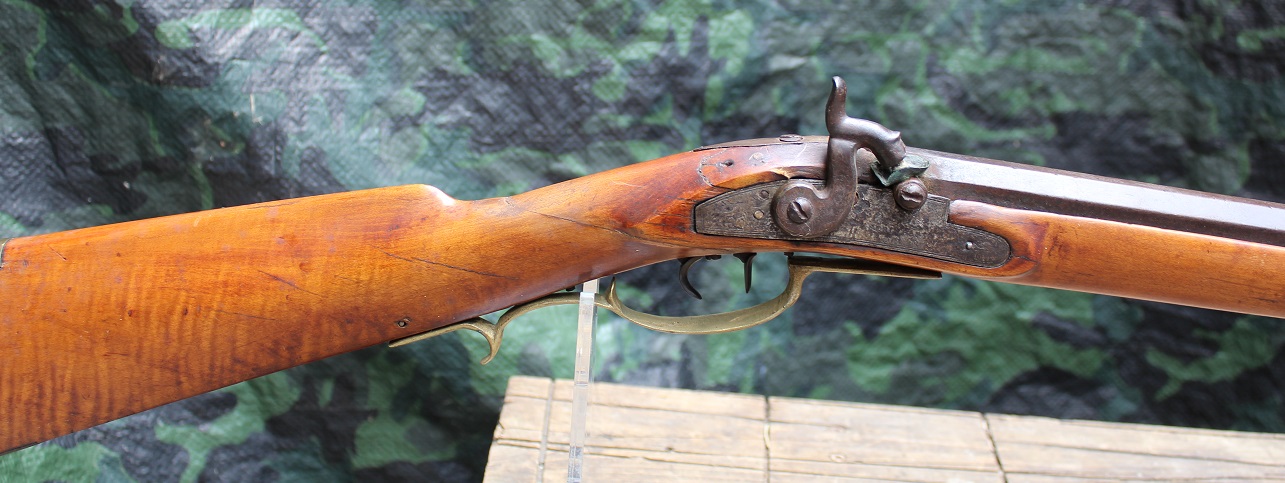

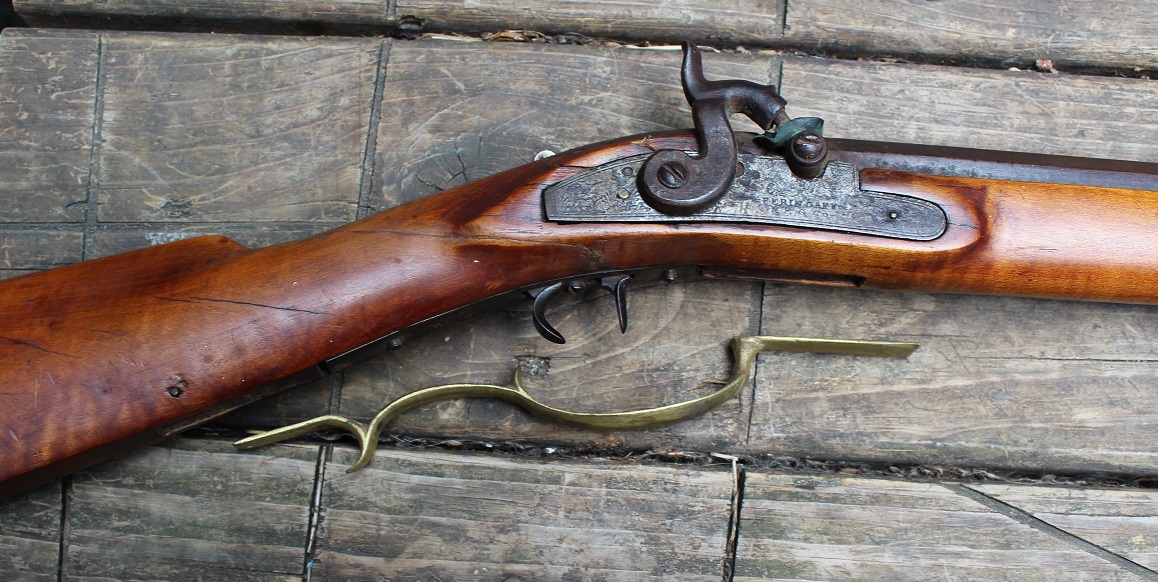

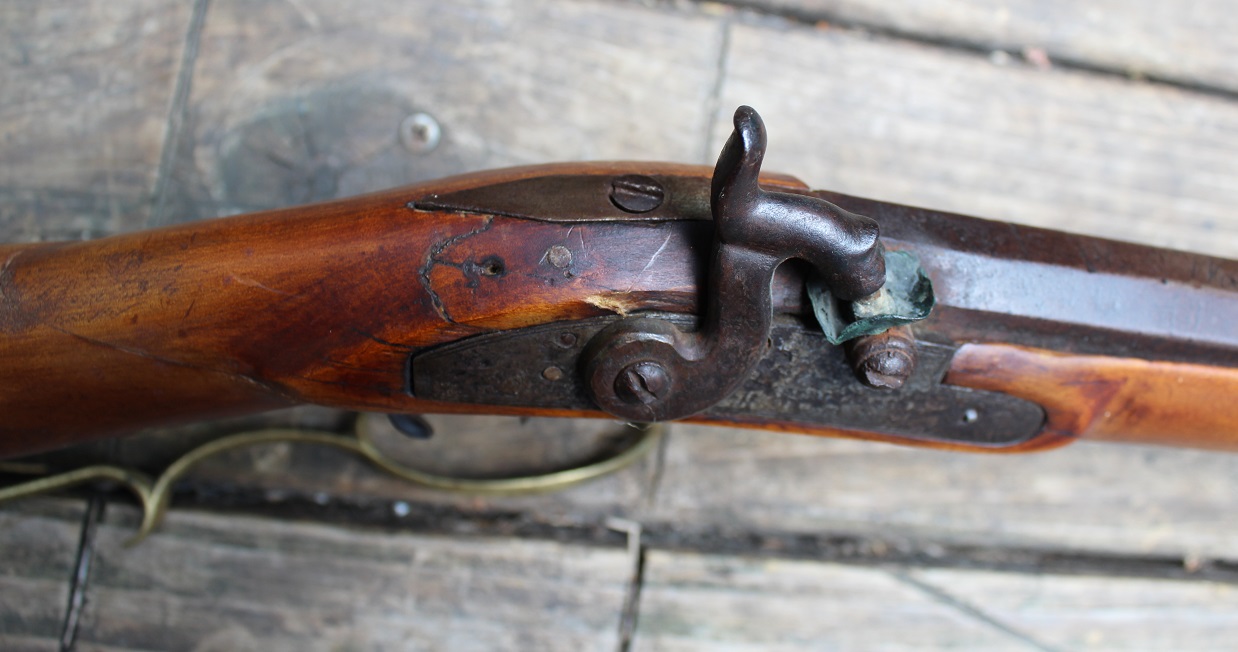

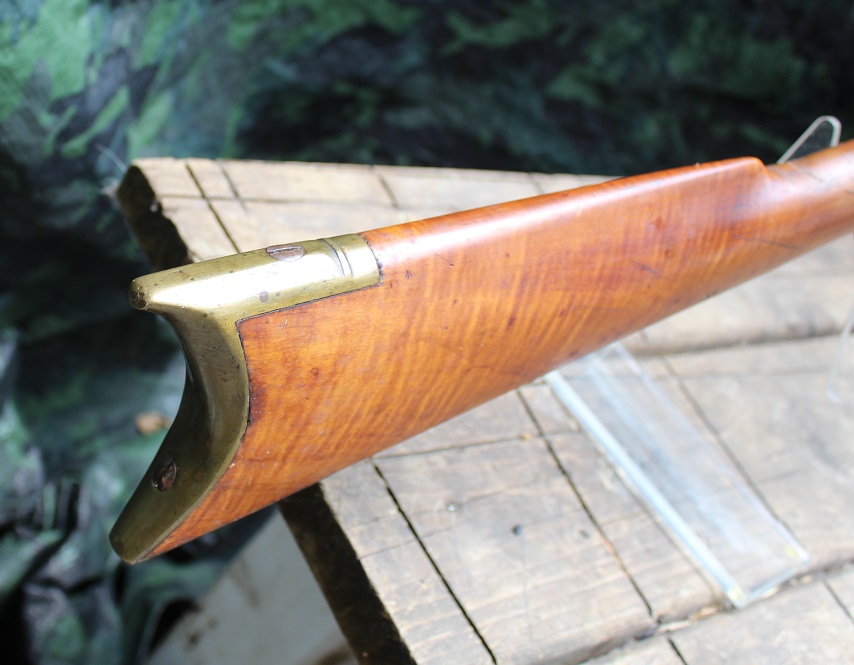
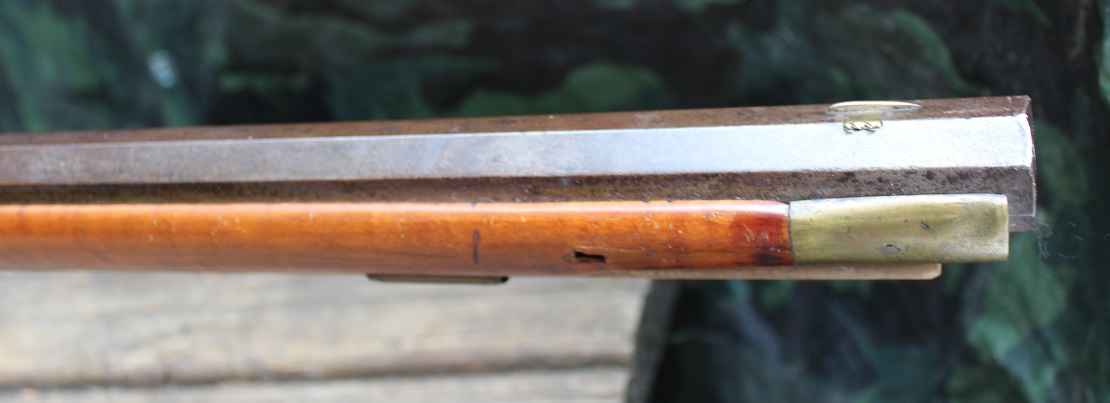



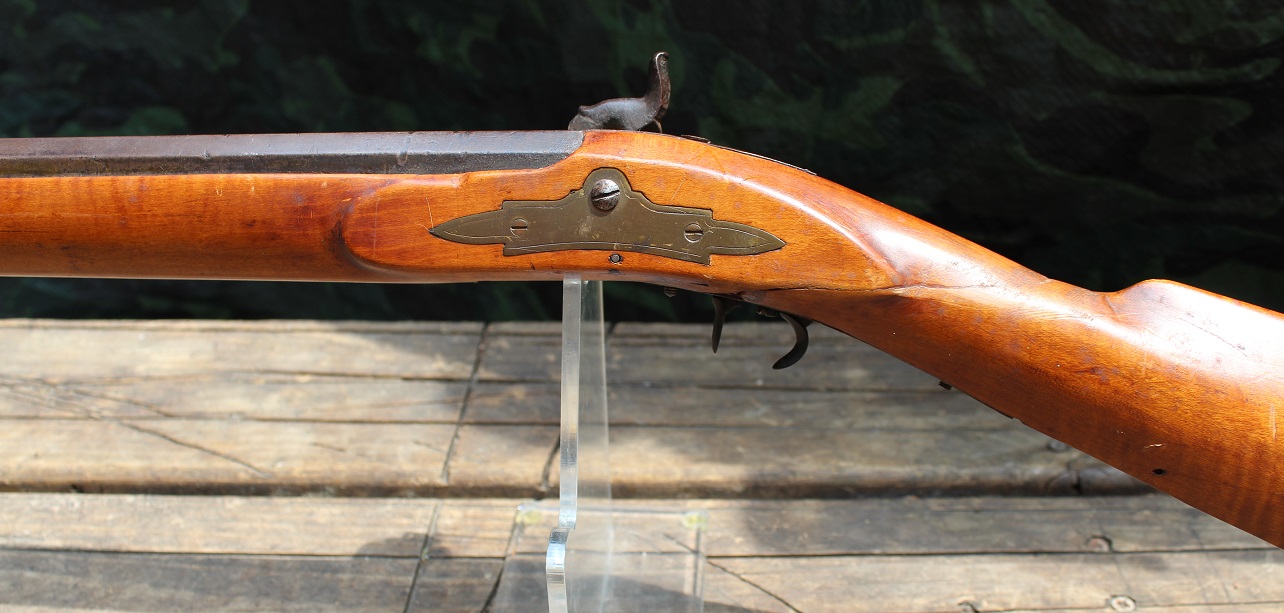
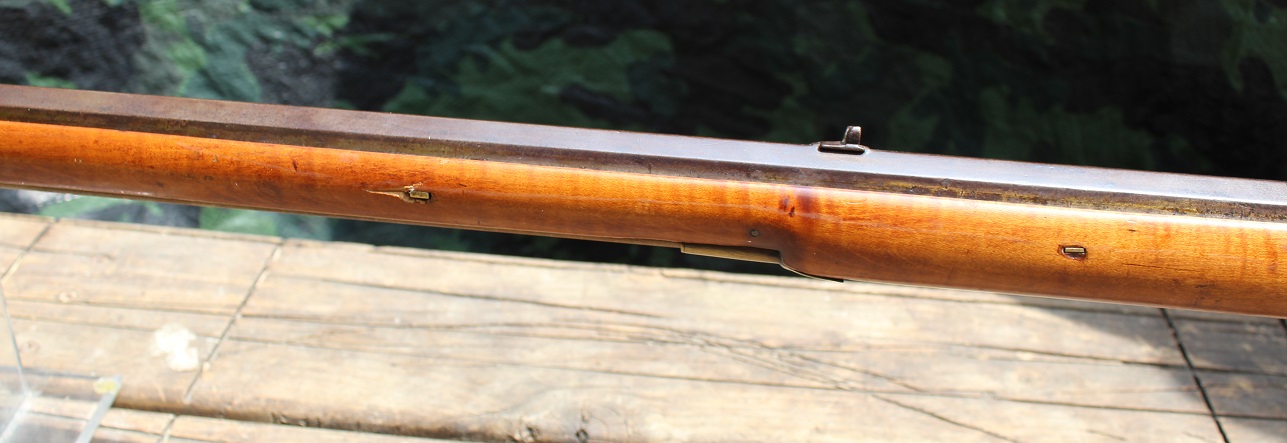



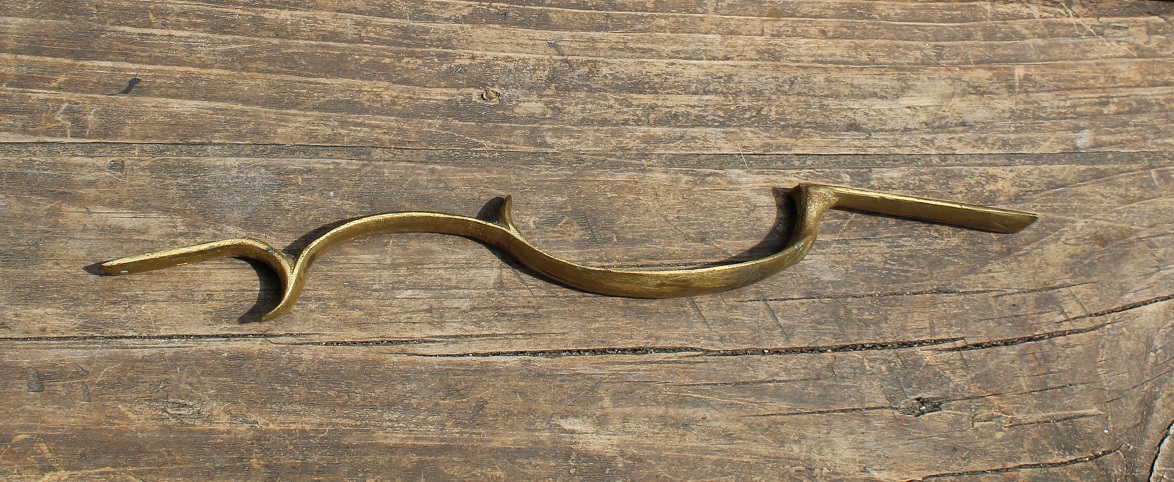
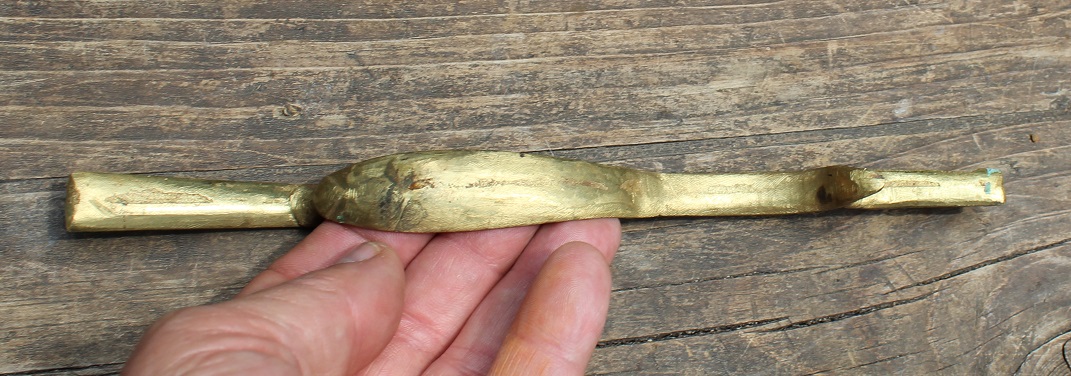

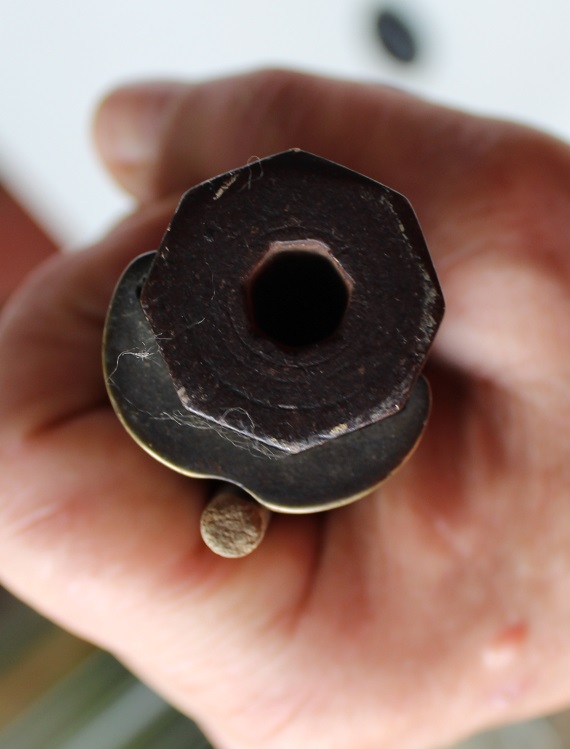
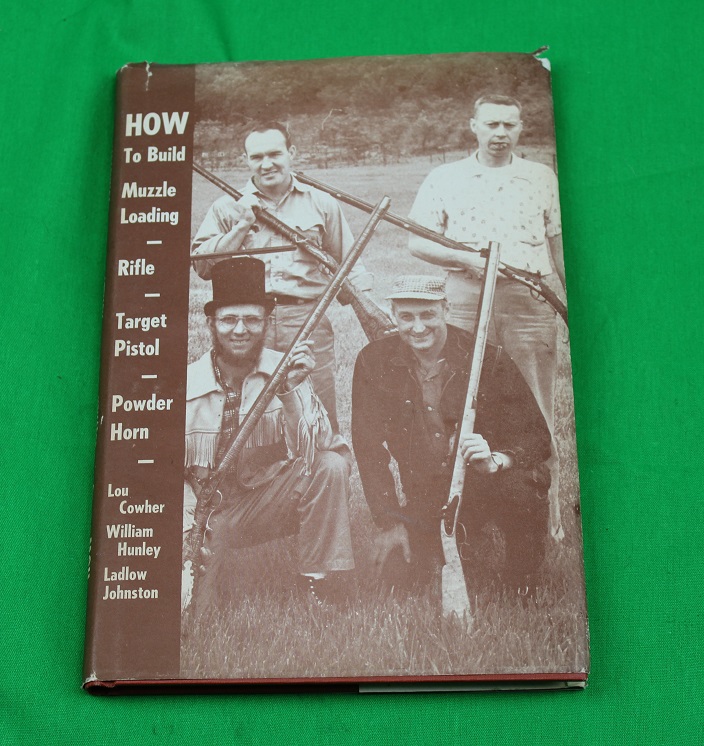
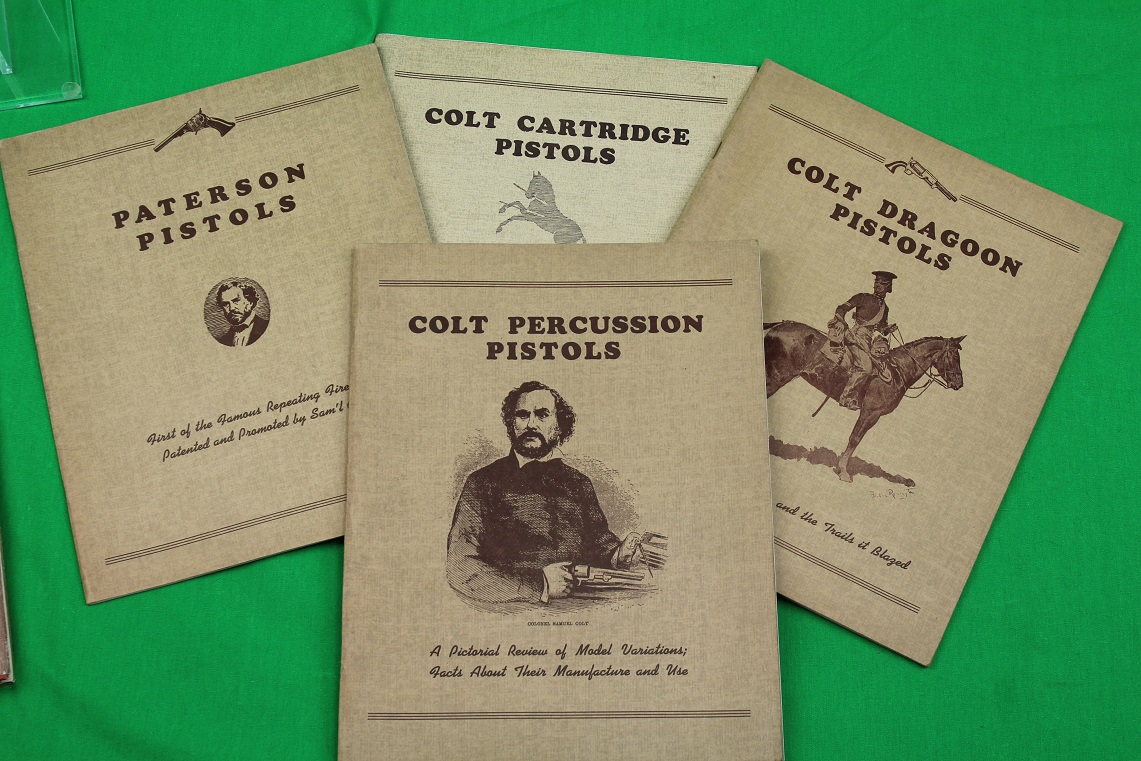




 <
<
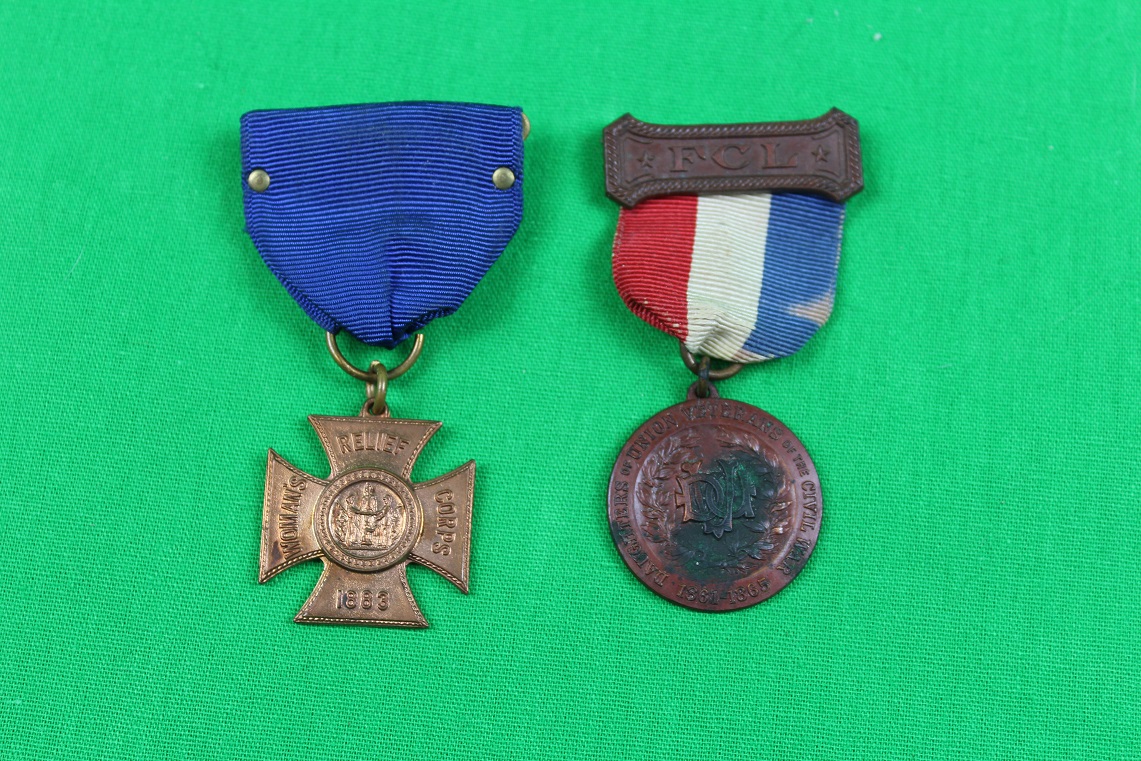
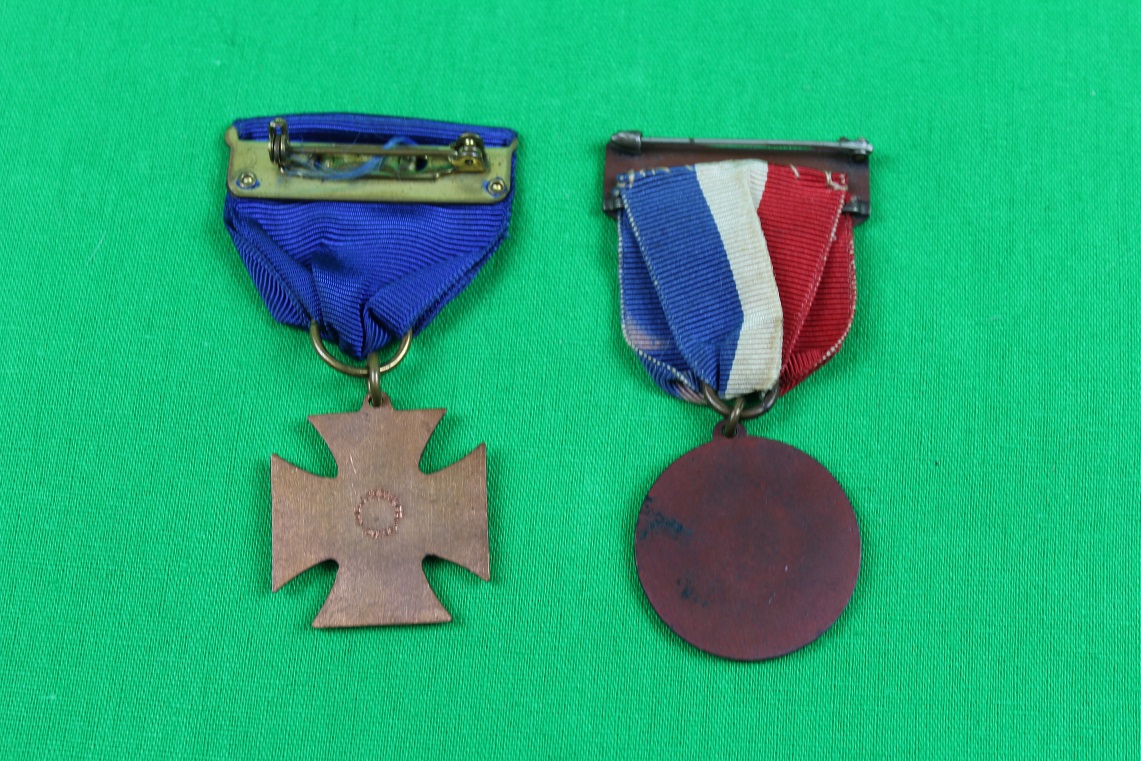
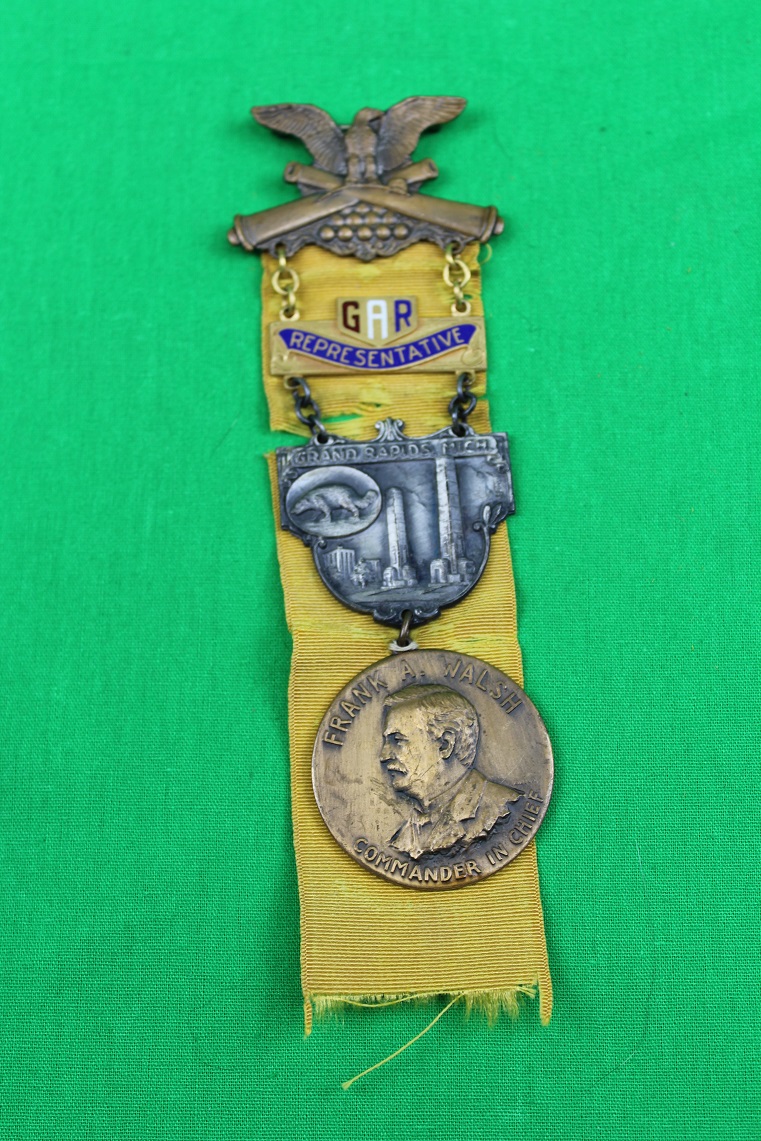
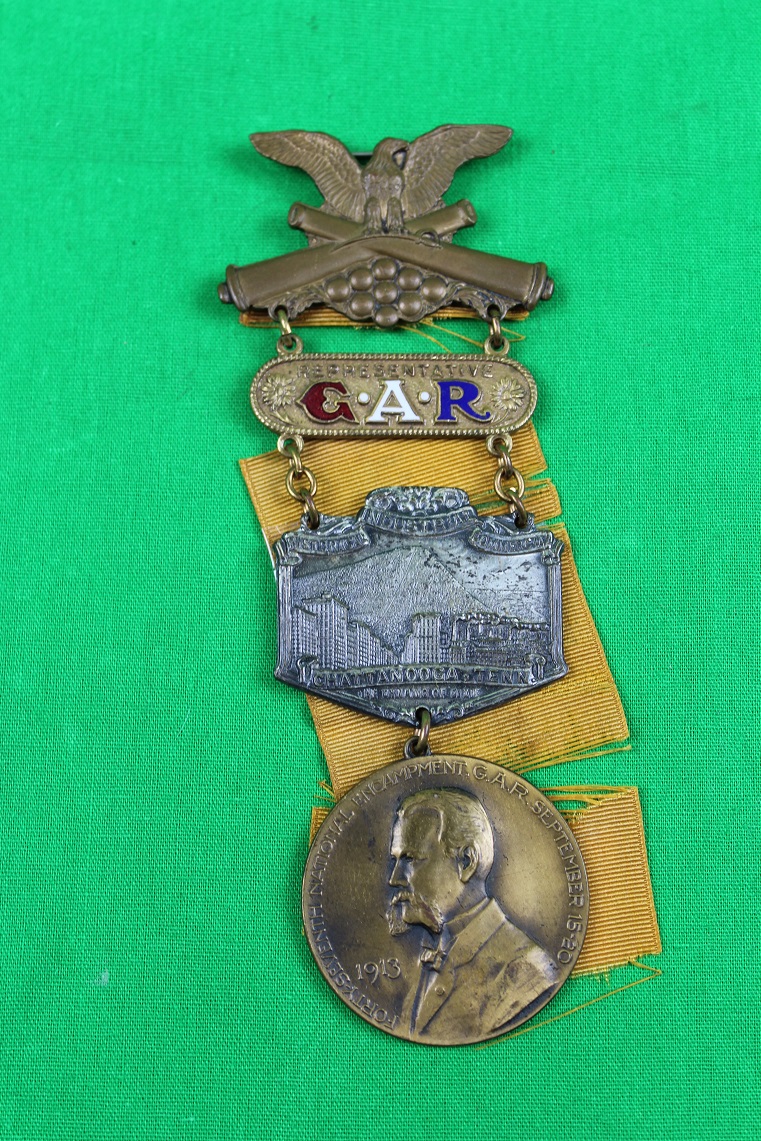
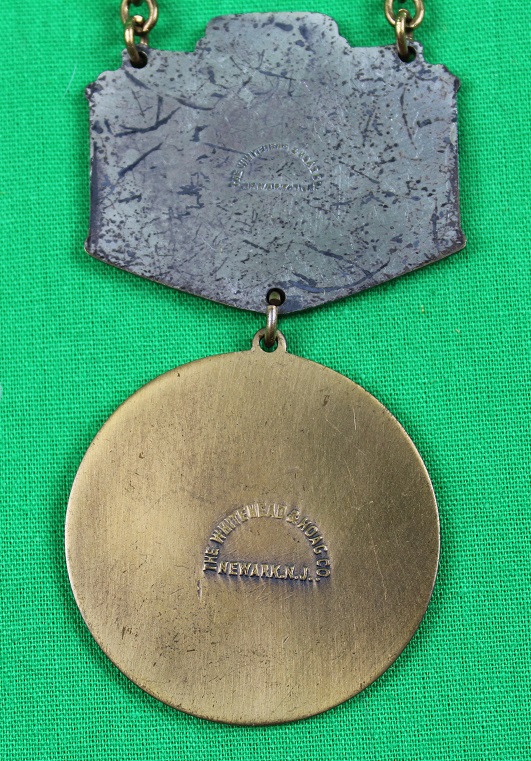























































































.jpg)
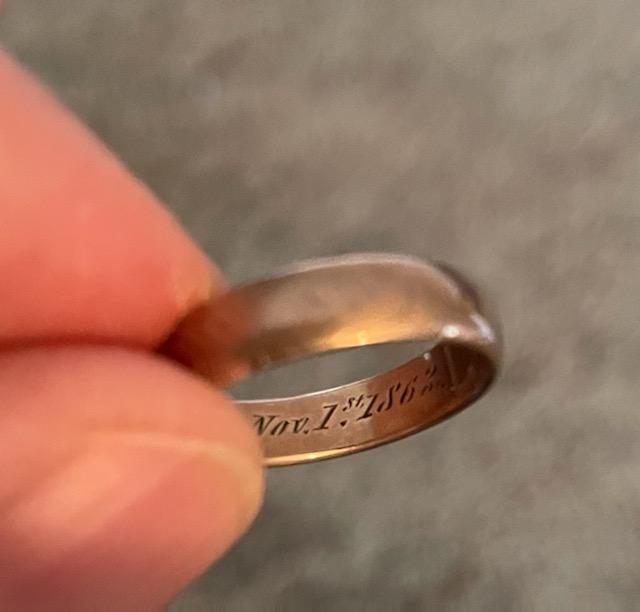
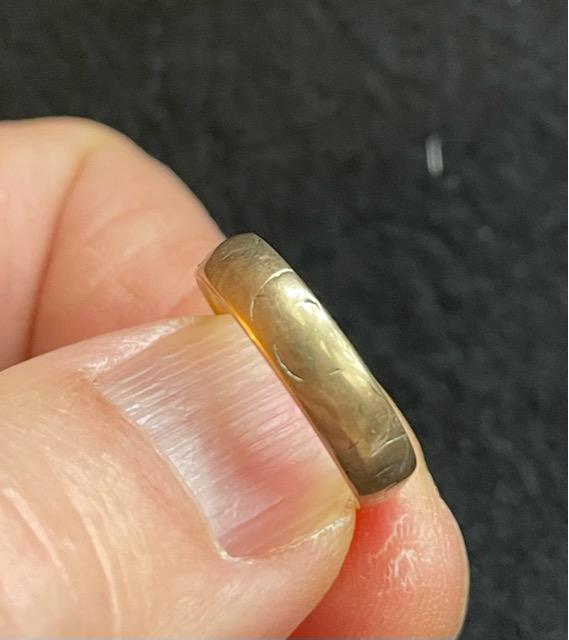
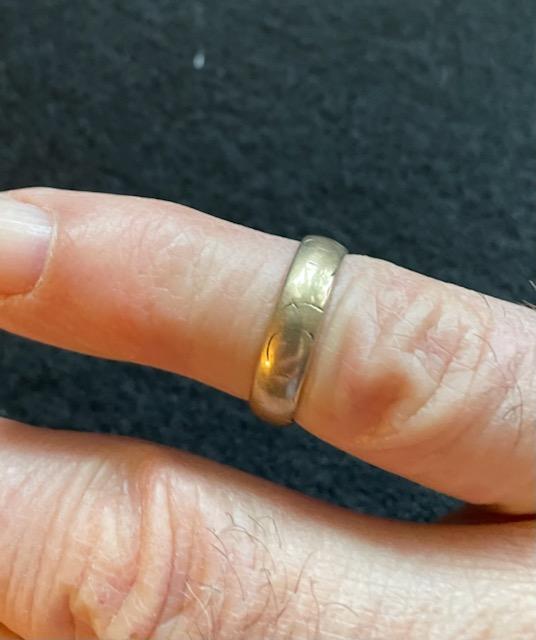
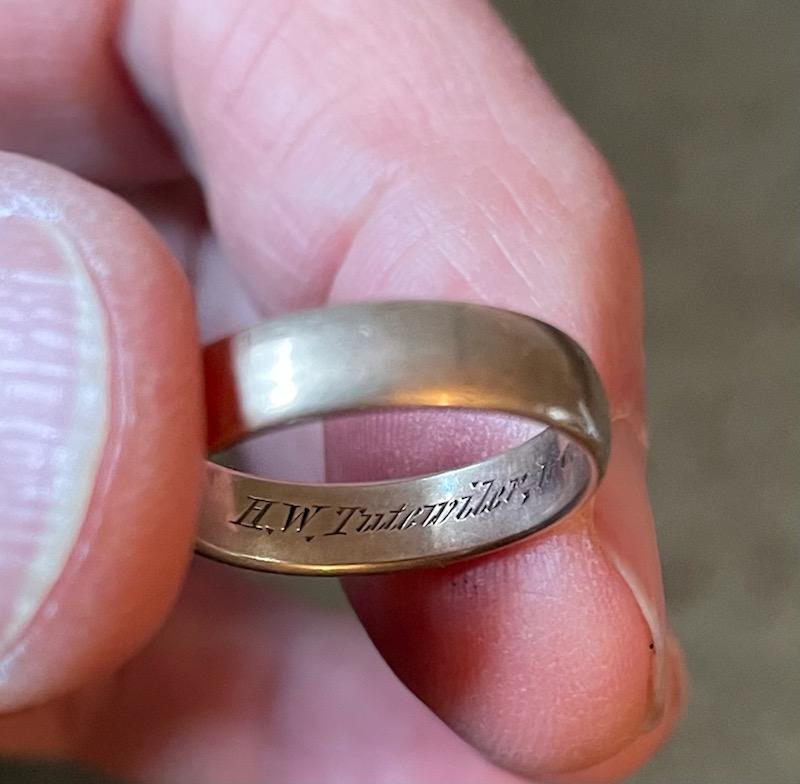

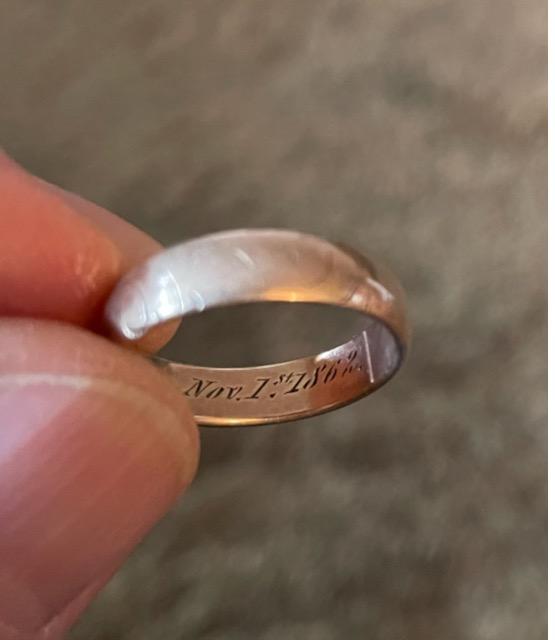
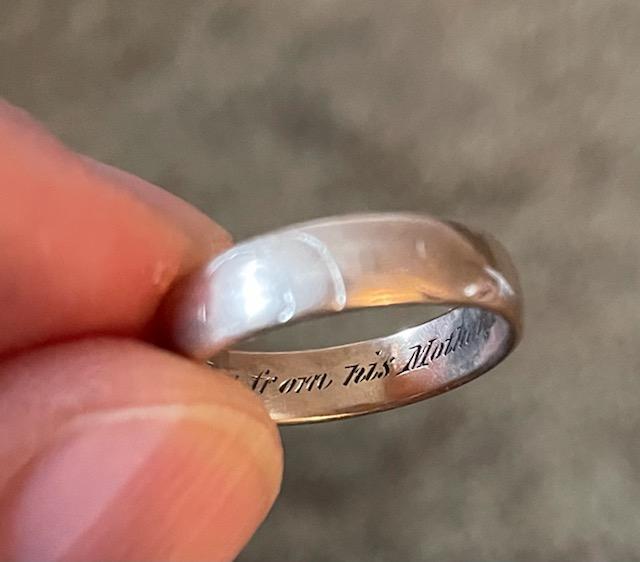




 ______________________________________________________________________________________
______________________________________________________________________________________





